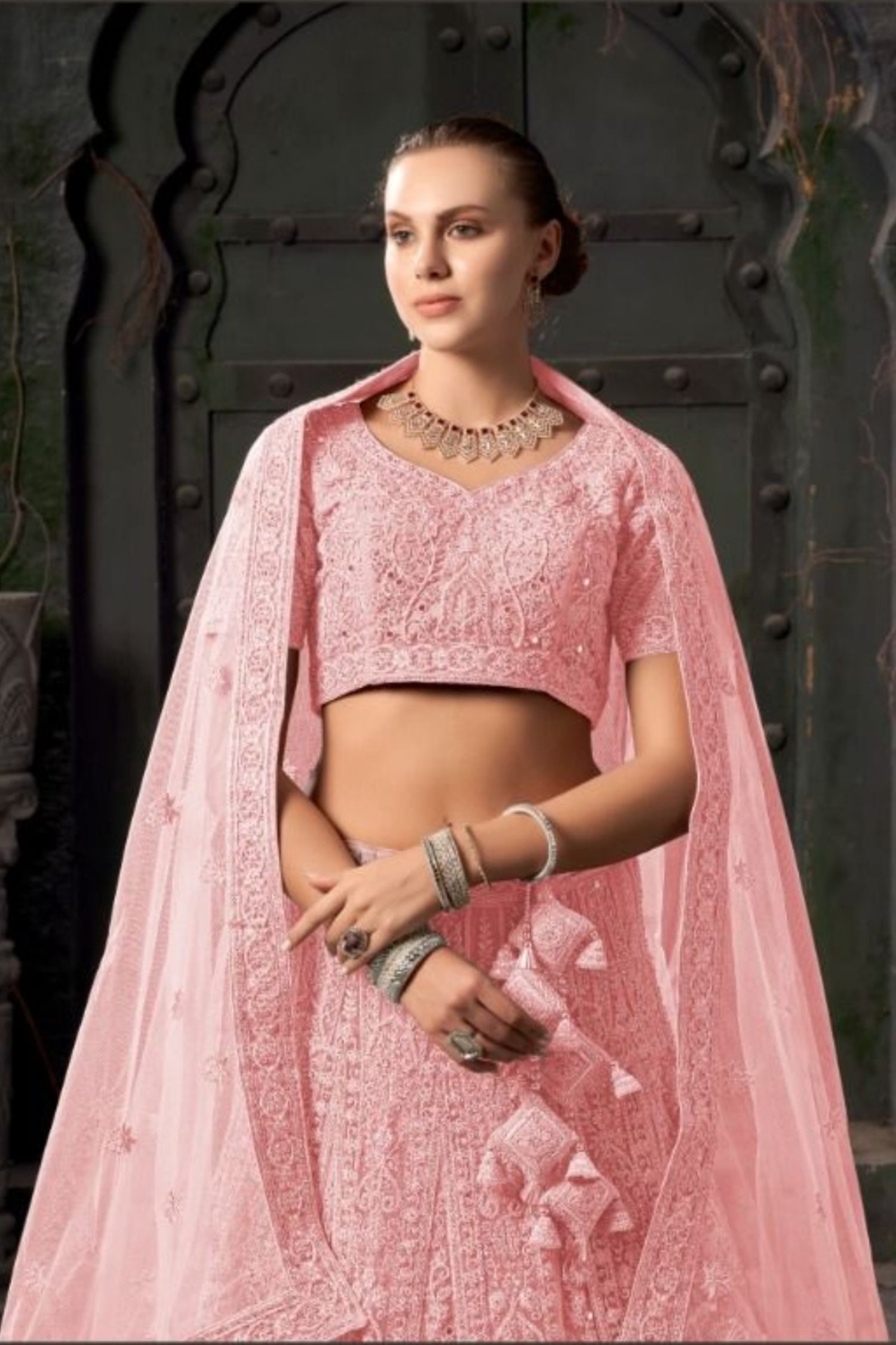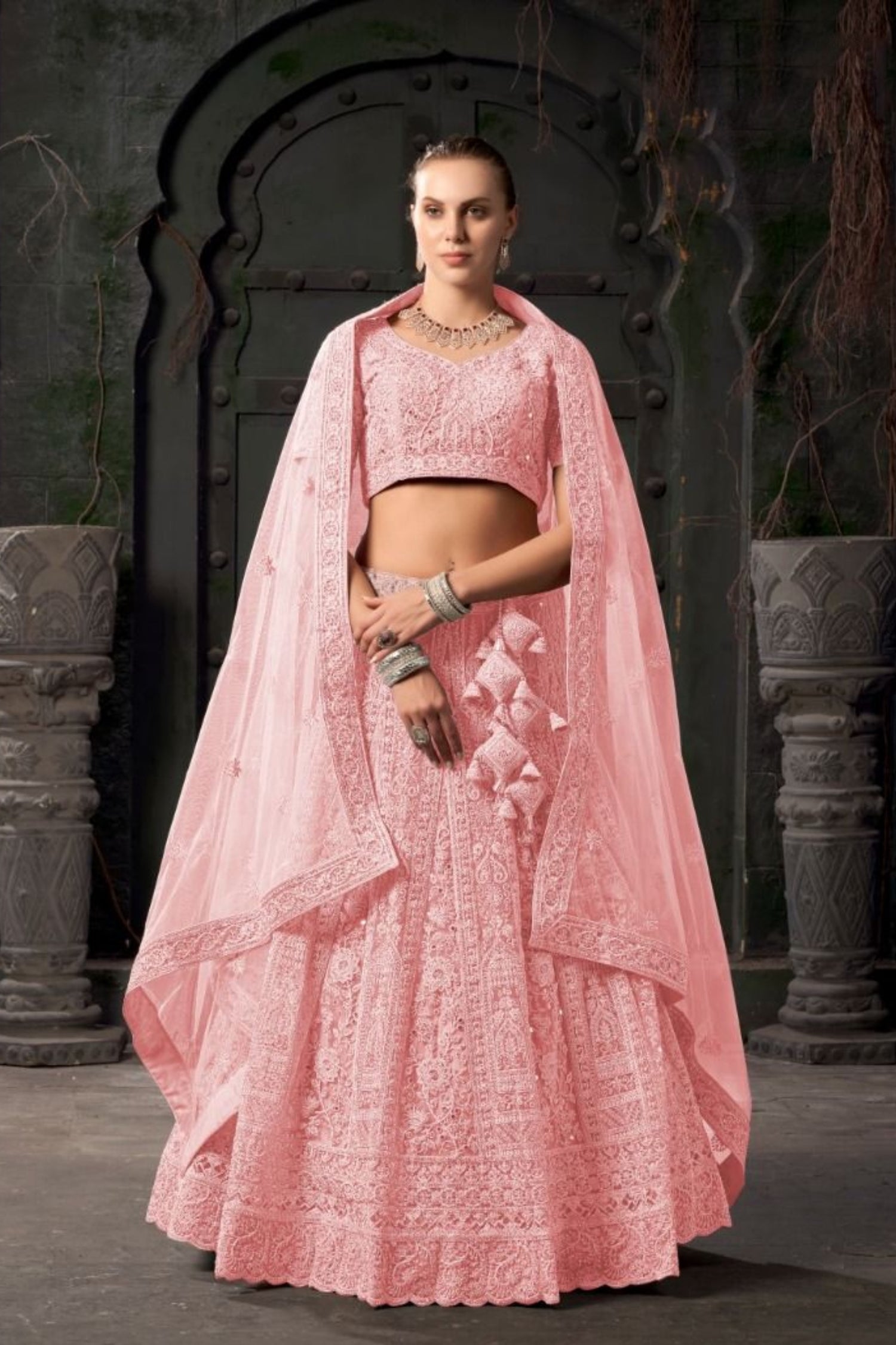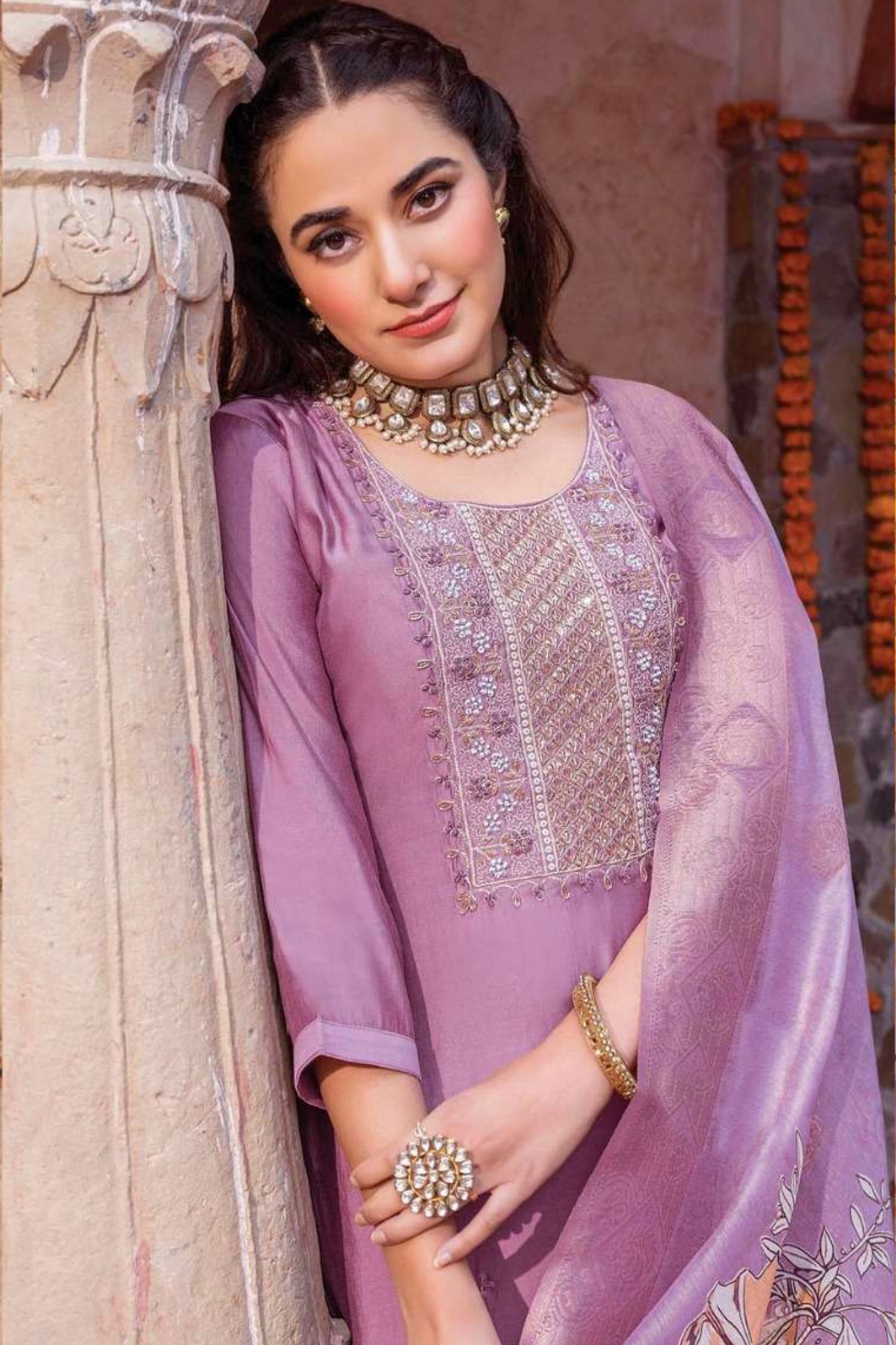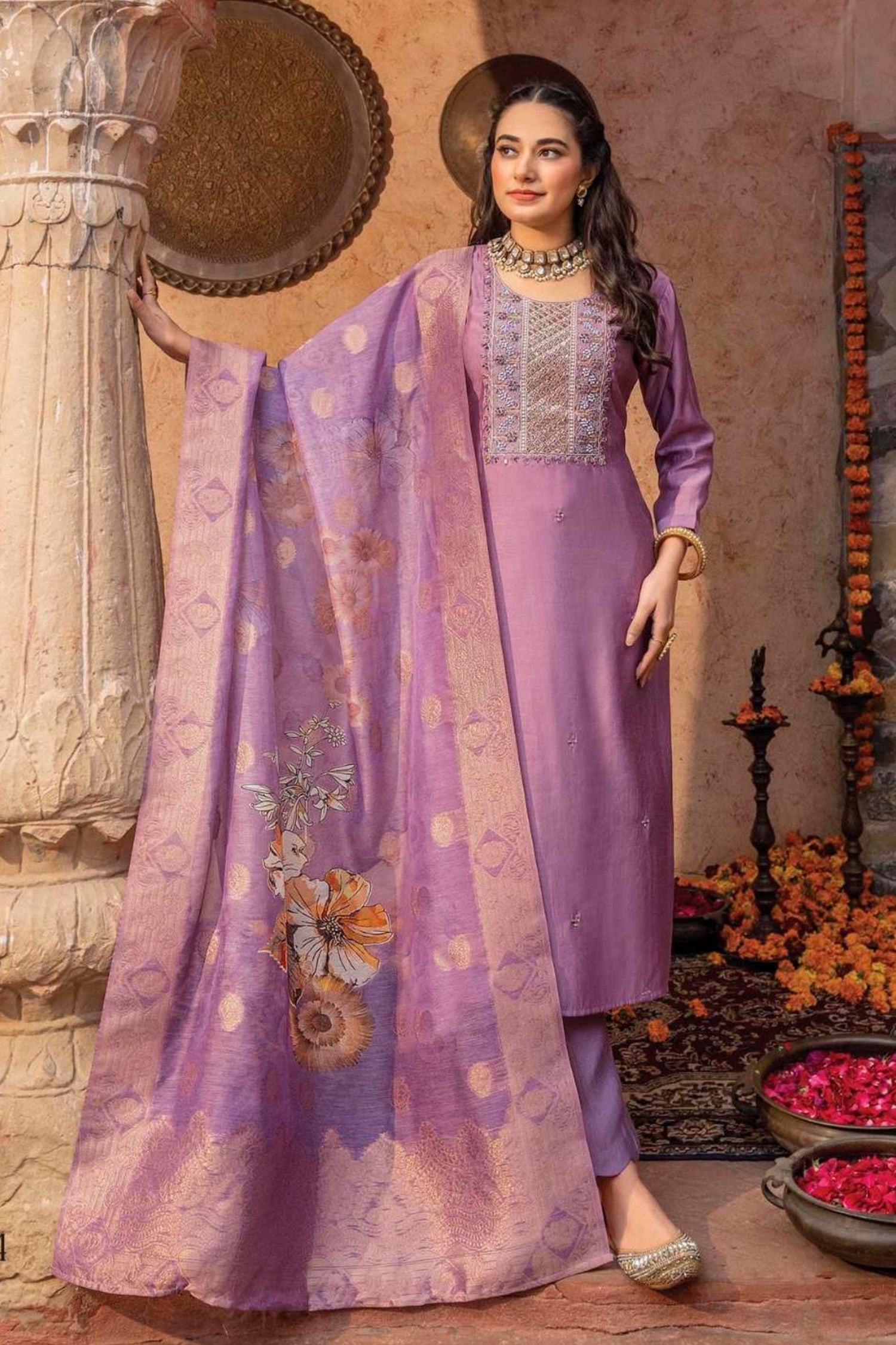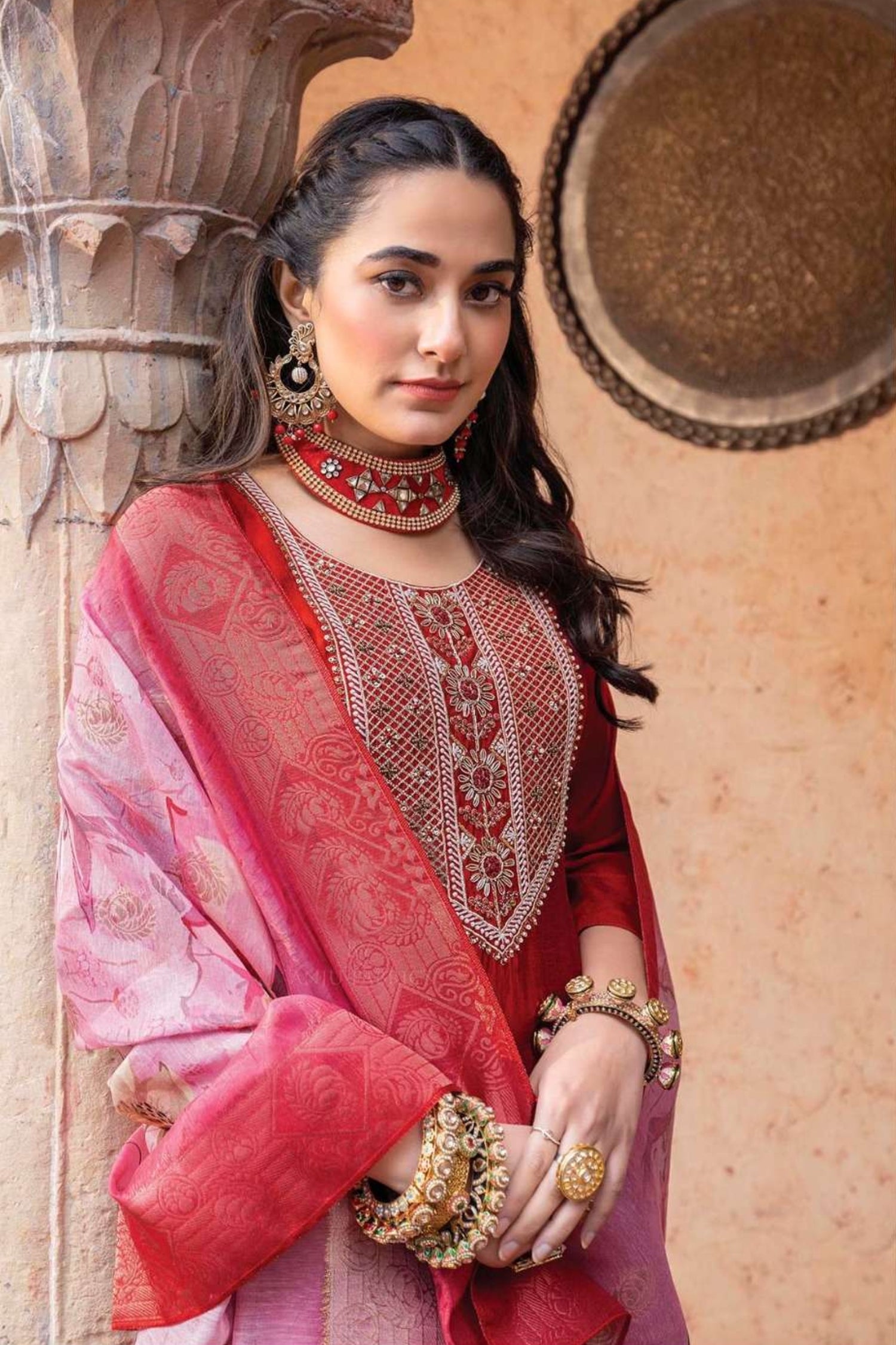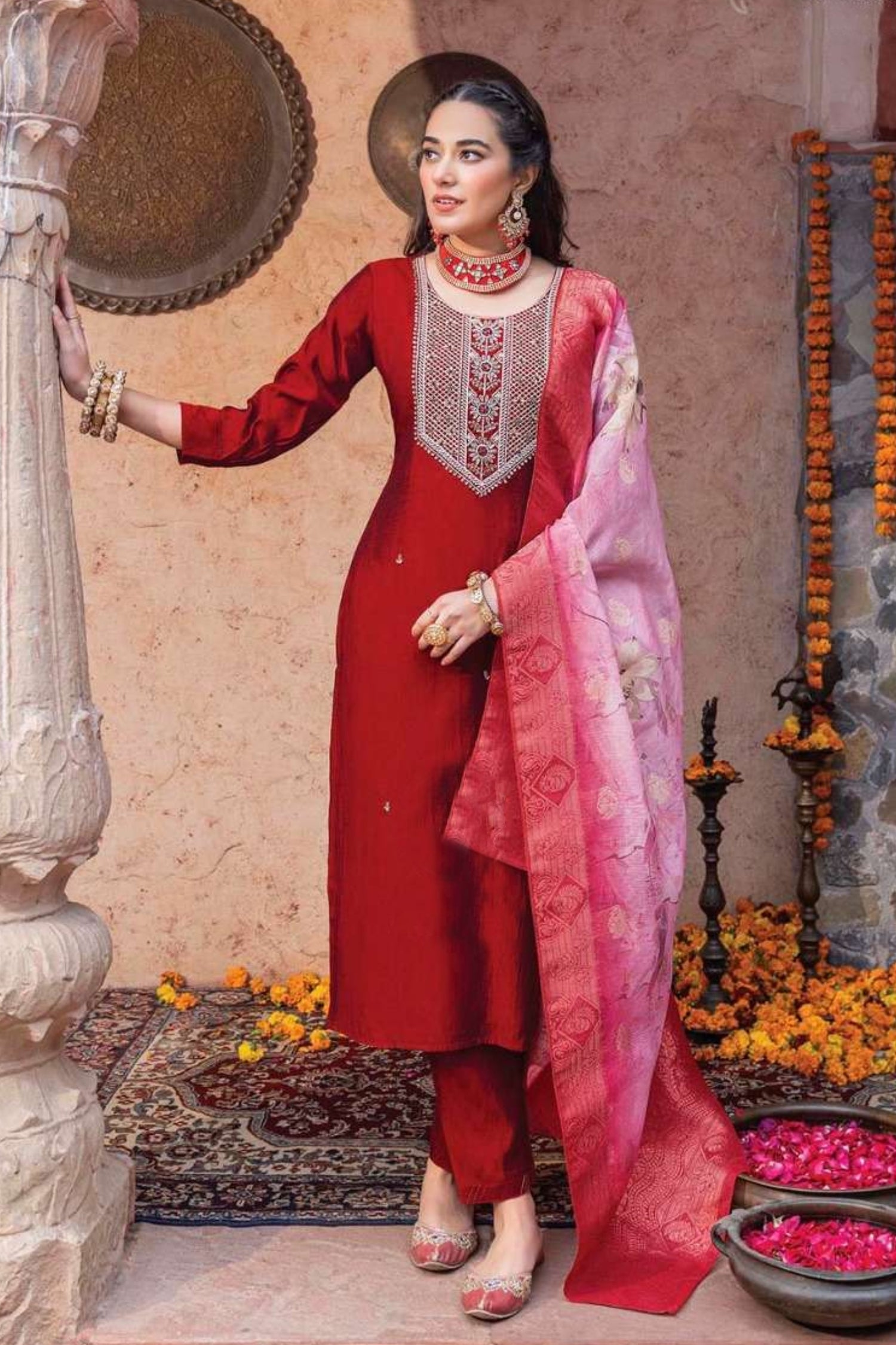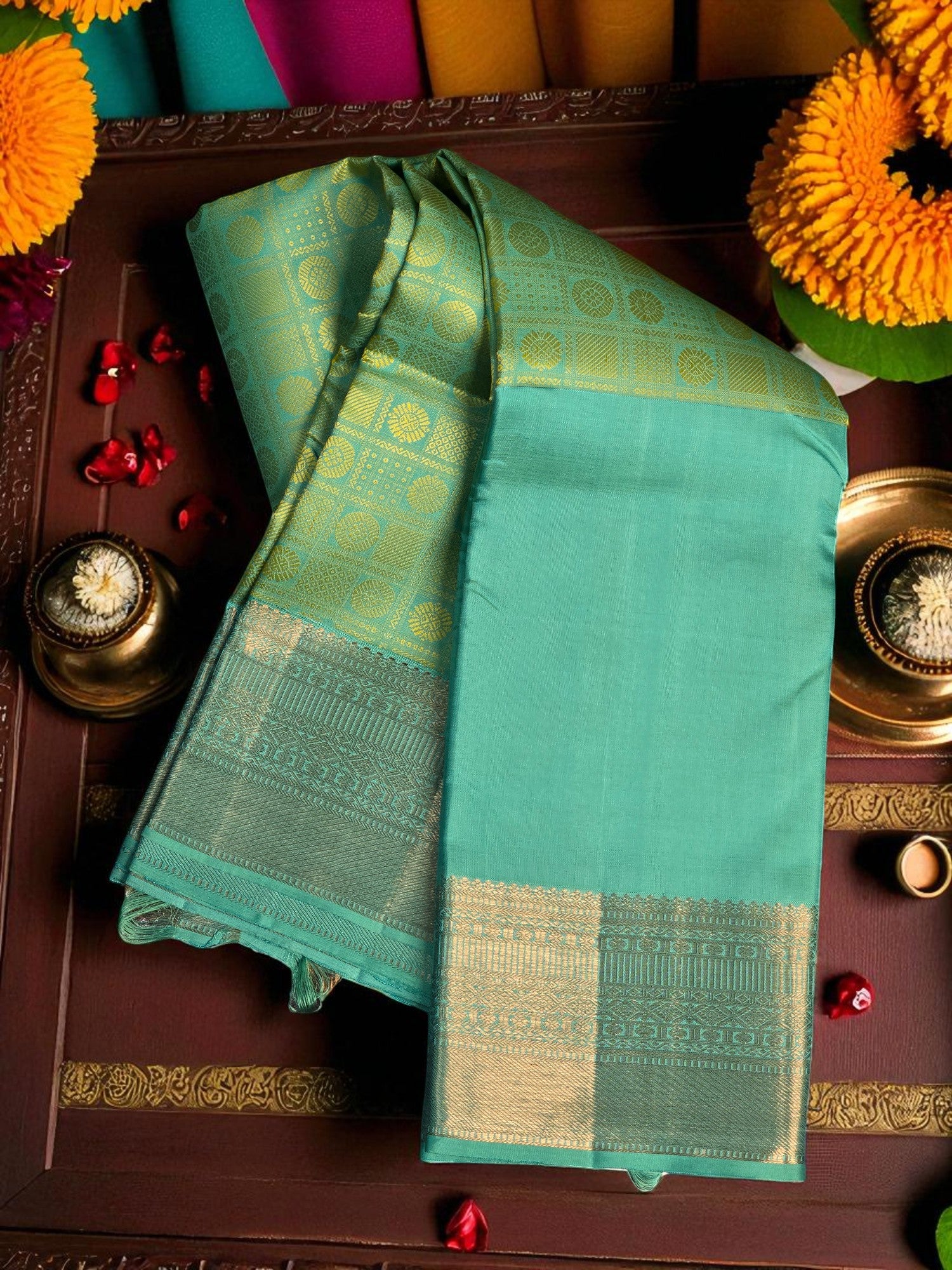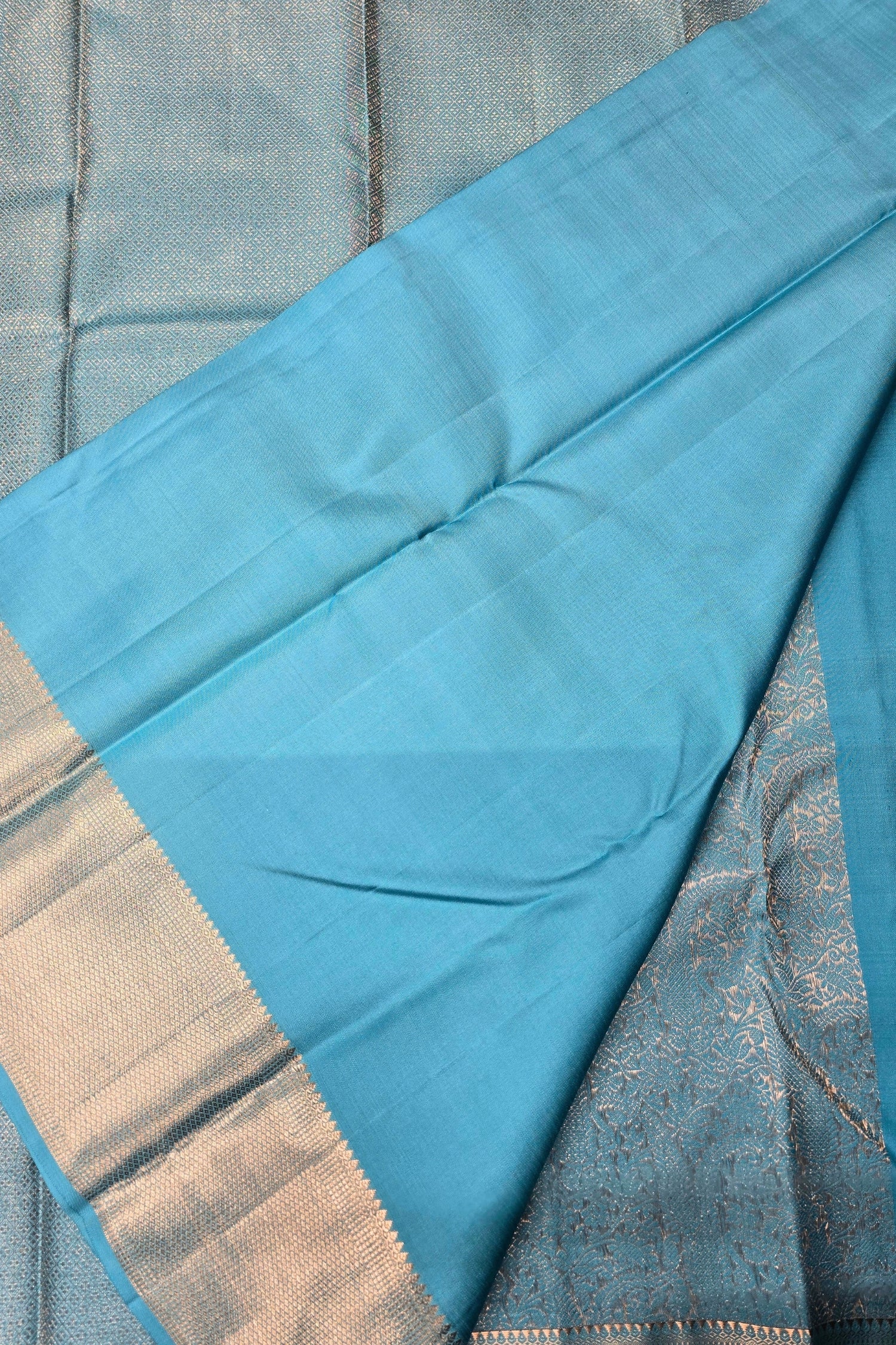Fast fashion is out, and mindful fashion is in. One of the most creative and eco-friendly ways to refresh your wardrobe is through upcycling — transforming worn or forgotten clothes into stylish, wearable pieces. Whether you're trying to cut waste, save money, or simply add personality to your look, upcycling is a rewarding way to reimagine fashion.
Why Upcycling Matters
Upcycling goes beyond reuse — it's about adding value. By reinventing existing garments, you not only reduce textile waste but also avoid the environmental cost of producing new clothing. It's fashion with purpose, personality, and planet-friendly impact.
Step 1: Revisit Your Wardrobe
Start by sorting through your closet. Identify items you no longer wear because of fit, damage, or outdated style. Focus on garments with quality fabric, unique prints, or emotional value. These pieces are perfect for transformation.
Step 2: Easy Upcycling Ideas to Try at Home
-
Crop and Customize: Cut long T-shirts into crop tops or asymmetrical styles. Add fringe, knots, or a stitched hem to elevate the look.
-
Patchwork Projects: Combine pieces of old jeans, shirts, or scarves to create patchwork jackets, skirts, or tote bags.
-
Add Visual Interest: Sew on embroidery, lace, or fabric patches. Use fabric paint, iron-on designs, or buttons to give plain clothes a new identity.
-
Repurpose Functionally: Turn shirts into aprons, denim into bags, or long dresses into two-piece sets.
-
Dye It Different: Try natural dyeing techniques (like turmeric or beetroot) or experiment with tie-dye, ombré, or dip-dye effects.
Step 3: Upcycle Accessories Too
Accessories can be just as easily refreshed. Old scarves become headbands or belts. Mismatched earrings can be turned into brooches. Even damaged handbags can be covered with fabric or decorated with pins and patches.
Step 4: Learn Basic Skills or Collaborate
You don’t need to be an expert tailor. Basic hand-stitching, hemming, or even using iron-on adhesive can take you far. If you prefer, partner with a local seamstress to bring your vision to life while supporting local craftsmanship.
Step 5: Plan by Season
Think strategically. Adapt lightweight items for colder weather by adding layers, or remove sleeves and linings to make items summer-ready. Upcycling also helps transition your wardrobe between seasons without new purchases.
Step 6: Share Your Style Story
One of the best parts of upcycling is the story behind each piece. Share before-and-after photos, DIY tips, or your creative process on social media. You'll inspire others to make sustainable choices too.
Final Thoughts: Fashion with Heart and Intention
Upcycling is more than a craft — it's a mindset. It's about making your wardrobe more intentional, expressive, and environmentally responsible. By giving your clothes a second life, you're not just changing your closet — you're helping change fashion for the better.

